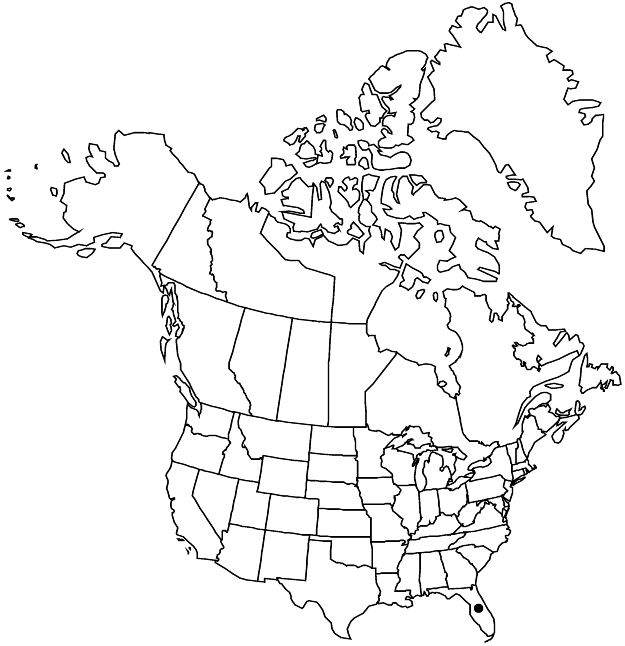Euphorbia polyphylla
Fl. South. U.S. ed. 2, repr. 2, 694. 1892.
Herbs, perennial, with spreading rootstock. Stems erect or ascending, branched, solitary, few, or occasionally densely clumped, previous year's dead stems not persistent, 18–33 cm, glabrous. Leaves alternate; stipules to 0.1 mm; petiole minute or absent; blade linear to filiform, 10–20 × 0.8–1.5(–4) mm, base cuneate, margins entire, often involute, apex rounded, surfaces glabrous; venation usually obscure, midvein visible at base of wider leaves. Cyathia in terminal dichasia or pleiochasia; peduncle 2–6 mm (to 20 mm for central cyathium), glabrous. Involucre campanulate, 1.2–2 × 1.3–1.8 mm, glabrous or strigose on distal extreme; glands 5, red, elliptic, 0.5 × 1 mm; appendages white, orbiculate, 0.5–0.8 × 1.3–1.5 mm, erose. Staminate flowers 20–25. Pistillate flowers: ovary glabrous; styles 0.6–1 mm, 2-fid at apex. Capsules globose, 2.3–2.8 × 4.3–5.1 mm, glabrous; columella 2.5–3.2 mm. Seeds ashy gray, ovoid, 2.9 × 2 mm, with obscure shallow depressions; caruncle absent.
Phenology: Flowering and fruiting late spring–late fall.
Habitat: Open sand and pine savannas.
Elevation: 0–10 m.
Discussion
Euphorbia polyphylla is endemic to sandy habitats in the southern half of peninsular Florida. The species has been reported from coastal Louisiana, but whether those plants represent native occurrences or plantings is unclear (R. D. Thomas and C. M. Allen 1993–1998, vol. 2). The Florida populations are here recognized as the only native occurrences.
Selected References
None.
